Overcoming Renovation Hurdles: The Path to Return
FC Barcelona has long been ensconced in the vibrant history and culture of not just the city it's named after, but in the broader realm of global football. The Camp Nou has served as the beating heart of this passion, a place where legends are born and football's magic unfolds. Yet, a period of silence and inactivity has loomed over this iconic venue, leaving both fans and the club yearning for its return. The anticipated reopening of Camp Nou, initially set for November, has been deferred to late 2024, leaving many to ponder the myriad of challenges the club has faced in this ambitious renovation project.
There have been undoubtedly many setbacks that have hamstrung the progression of the renovation plans, foremost among them being logistical and financial roadblocks. Renovations of historic venues are rarely straightforward, and when 1.5 billion Euro investment costs are added to the mix, the margins for error become even narrower. The key player in these efforts is the Turkish construction company, Limak, employing a massive workforce exceeding 5,700 individuals. This workforce is symbolic of the immense effort and precision required to bring the Camp Nou renaissance to fruition. Though the process remains layered with obstacles, each nail hammered and rivet bolted reflects the club's commitment to seeing this dream unfold by August 2026.
Challenges on Multiple Fronts
One major cloud hanging over the renovation is the voice of community residents. As passionate as Barcelona's residents are about football, they have consistently raised concerns over noise, leading to intricate negotiations between city officials and the club. These tensions have prompted a pivotal agreement with the Barcelona Council that permits construction activities to occur 24/7 on weekdays, with restricted operations during weekends. It's been a delicate balancing act between honoring the neighborhood's peace and advancing crucial construction efforts.
The stakeholders involved understand that returning to the Camp Nou is of vital importance not just for the club's financial portfolio, but also for guaranteeing a venue capable of hosting world-class events, like the 2030 FIFA World Cup. This shift from the temporary Estadi Olimpic Lluis Companys in Montjuic — where reduced capacity and slashed season-ticket sales financially hampered FC Barcelona — is pivotal to regain lost revenues and revive spirits. Montjuic, while serving as an interim home, hasn't been able to replicate the aura and grandeur fans experience at Camp Nou.
Phased Reopening Strategy
With hurdles put into perspective, FC Barcelona has framed a phased reintegration strategy that hints at more promising days ahead. The club is planning an initial limitation in capacity to roughly 65,000, before eventually hitting the anticipated renewed capacity of 104,200. The first and second tiers of renovation are slated for completion by the concluding months of 2024, with plans to turn attention toward the third tier in the following year. This structured approach will allow a gradual buildup to full operational capability and fan engagement before the lavish grand reopening.
Economic Impact of Delays
From an economic standpoint, the delays pose a complex challenge, particularly given Barcelona's urgent necessity for financial resurgence. These preconceived plans have seen varied shifts, yet they play a decisive role in bolstering Barcelona's financial health. With the return to full Camp Nou operation, a surge in match-day revenues, merchandising, corporate partnerships, and beyond is anticipated. The potential hosting of matches during the FIFA World Cup 2030 promises an additional spotlight, elevating tourism, city profitability, and reputable gain manifold.
Leadership and Vision
In the midst of these transformative changes, leadership plays a crucial role. Elena Fort, the vice president of FC Barcelona, has emerged as a beacon of hope, engaged in unveiling a comprehensive strategy to ameliorate these inal challenges. The details and nuances of this plan remain eagerly awaited by club members and fans alike, but they are undoubtedly rooted in foresight, paving a clear-cut pathway back to financial recovery. Her plan will likely provide step-by-step guidance on how the club plans to reintegrate club members, including tackling logistical challenges, and ensuring that fans are kept aptly engaged in the spirit of the club.
The expedition to renewing Camp Nou goes beyond mere aesthetics or a race against time; it's an embodiment of the club's persistence and commitment to preserving its cherished legacy. As the dust settles and the machinery roars into action, Barcelona's vision for the future glimmers brightly, carrying the hopes and dreams of Catalan faithful along a path filled with both obstacles and opportunities. The Camp Nou revival isn't just a project; it is a symbol of rebirth and the collective heartbeat of many.
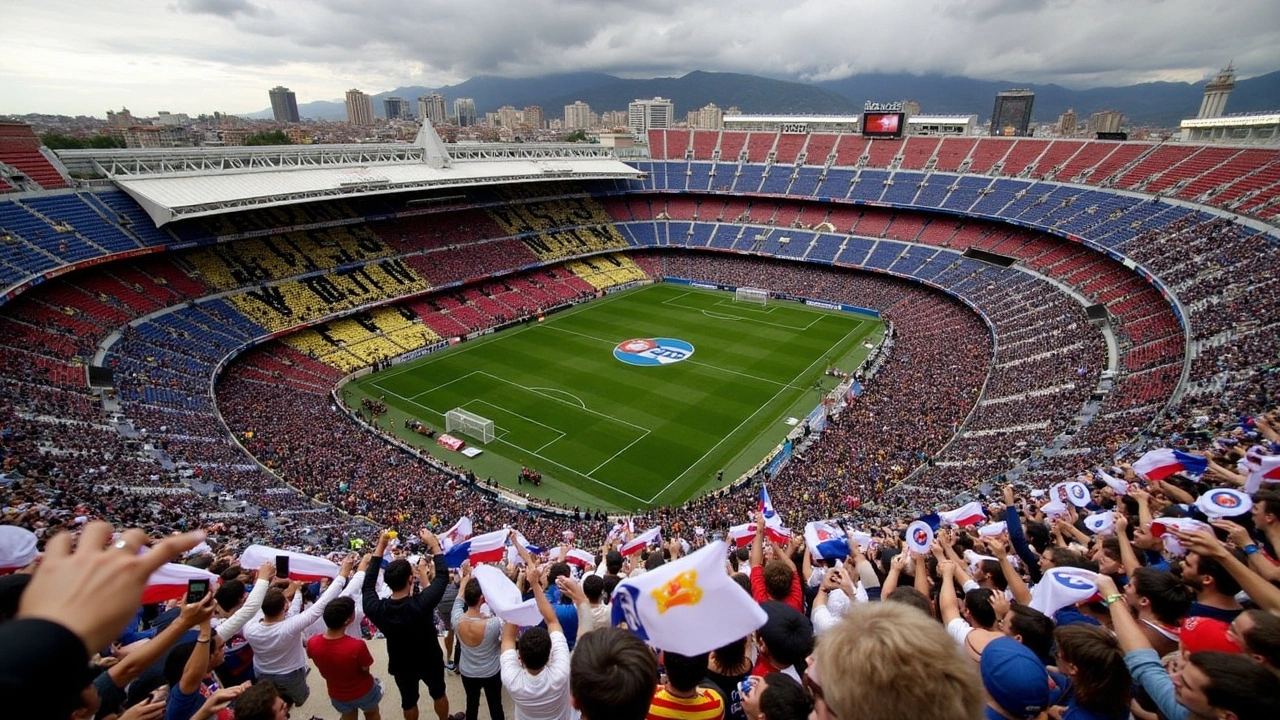
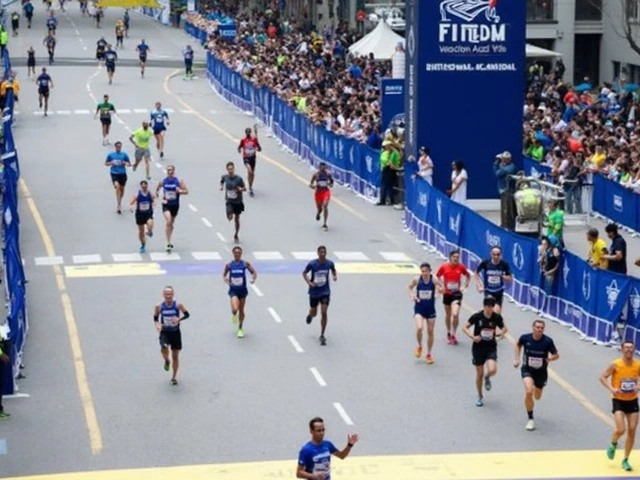
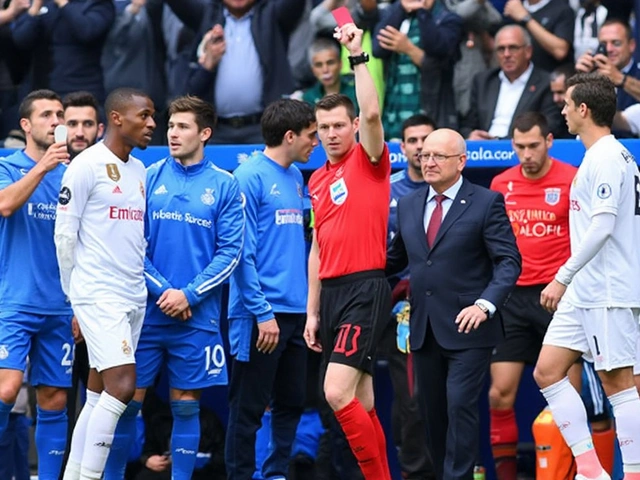
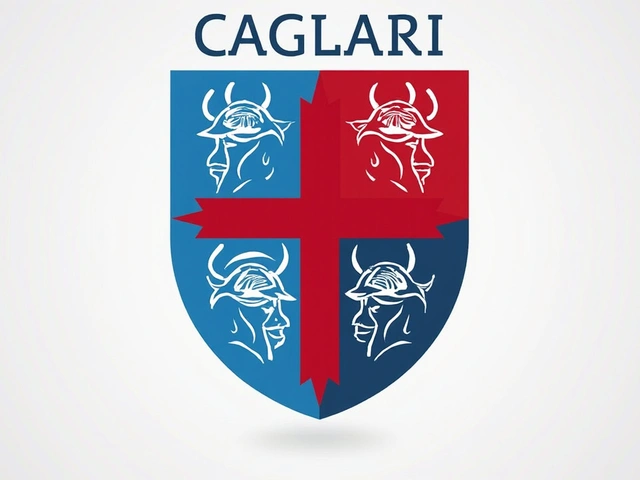
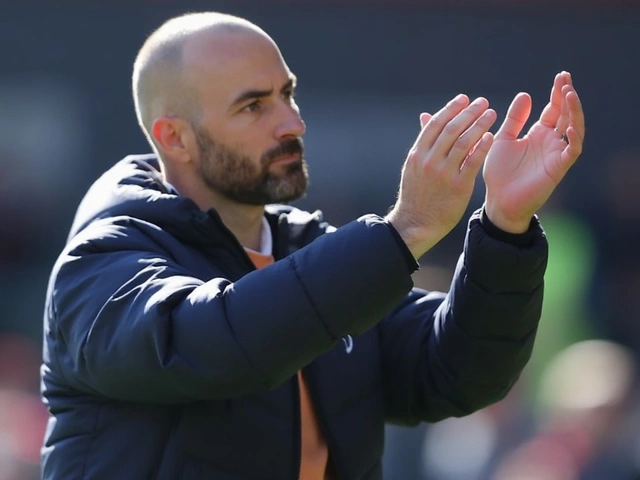

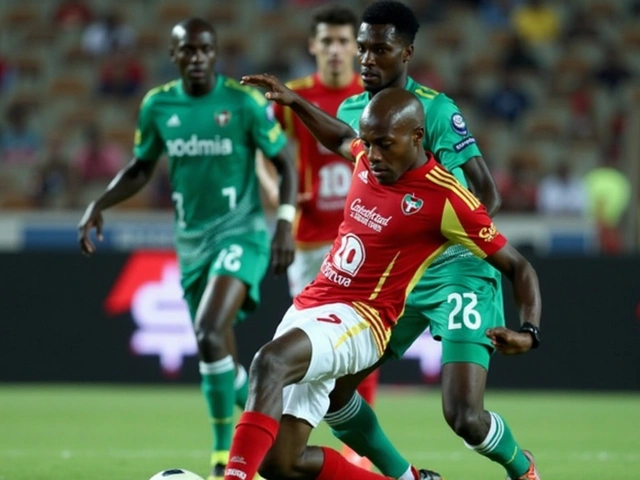



Write a comment